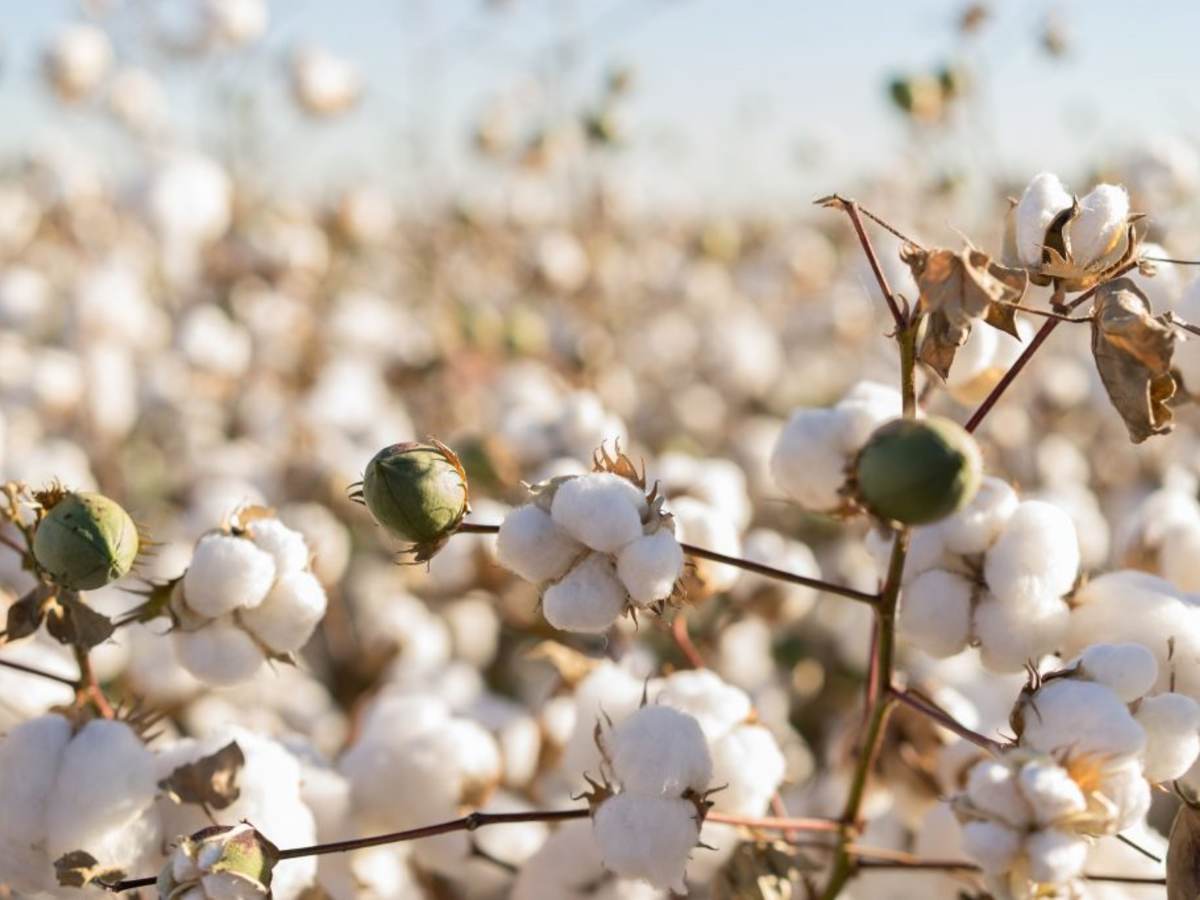January 23, 2018
It is a global industry worth some $3 trillion, yet the textile and garment industry faces a number of formidable sustainability challenges, many of which are rooted in the supply chain.
And these issues begin with the building blocks of the sector – the fibres. The two dominant fibres that make up the clothes we wear every day are cotton and polyester. Both have their own different environmental issues to contend with. But it is cotton that continues to keep many working to develop more sustainable supply chains for the industry awake at night – from both an environmental and social point of view.
Every year, around 20 million tonnes of cotton is produced in 90 countries, including the United States, China, India, Pakistan and across West Africa. In fact, 2.5% of all available arable land is being used to grow cotton, that’s around 35 million hectares.
Worldwide cotton production supports a huge number of farmers and their families, the majority of which live in the developing world. This is because the sector is reliant on more than 100 million smallholder farmers that operate small pockets of land of less than two hectares.
The current average worldwide consumption of cotton is 42 square meters per person per year, according to WWF. As populations continue to grow and middle-class spending power increases, that demand is only likely to grow.
But cotton has a problem.
It is one of the thirstiest crops on the planet, accounting for more than 3% of all of the world’s water consumption used in agriculture. To make just on kilogram of cotton can take around 10,000 litres of water. Producing one t-shirt demands 2,700 litres of water, the same amount the average human drinks in three years.
Take the situation in India, for example. There, cotton cultivation accounts for 6% of water used for irrigation in agriculture.
In Pakistan, 2,890 billion litres of water was used in 2008 to grow the cotton needed purely to service products sold by IKEA, according to the Environmental Justice Foundation. That’s the same amount of water as that consumed in Sweden during the last 176 years.
And while cotton uses just 2.5% of the world’s cultivated land, it accounts for 24% of global insecticide use and 11% of global pesticides, making it the most pesticide-intensive crop grown on the planet.
Of course, then comes the social challenges. Turning cotton fibres into clothes presents a host of challenges, largely derived from the fierce price competition across a sector fuelled by fast, cheap fashion retailing. The main reason high street clothes are so cheap is that costs are rarely externalised, and much of the manufacturing takes place in developing countries allowing brands to exploit cheap labour.
As wages in China have risen, for example, procurement teams have moved on to Bangladesh or Vietnam. Here, suppliers have a big incentive to keep costs down if they want to continue supplying big brands, driving wages low and investment in health and safety even lower.
However, the tide appears to be turning, with consumers increasingly considering what they buy, what they wear and what represents them. All of the evidence suggests that the next generation of shoppers will not want to participate in something that is exploitative – a move that will force brands to shift their practices and reduce the risk of environmental and social malpractice occurring in their supply chain.
At the farmer end of the chain, programmes such as the Better Cotton Initiative are supported by companies to help farmers grow cotton in a way that reduces stress on the local environment and improves the livelihoods and welfare of farming communities. If a farmer finds a way to use less water to grow their cotton, there will be less stress on the local watershed and a better chance of that farmer continuing to grow cotton long into the future.
In monitoring the entire value chain, the Sustainable Apparel Coalition (SAC), formed in 2009 by US retail giant Walmart and outdoor clothing line Patagonia, has seen companies work in collaboration to determine what ‘good’ looks like for the apparel sector. Central to this is the Higg Index, a standardised supply chain measurement tool for industry participants to better understand the environmental and social and labour impacts of making and selling their products and services, including cotton.
The world uses cotton more than any other natural fibre – and for good reason. It is durable, comfortable, hypoallergenic,and breathable. It will continue to be used long into the future, but only if brands, retailers, manufacturers, distributors, and farmers work together to find more resilient and sustainable ways to continue to do so.




